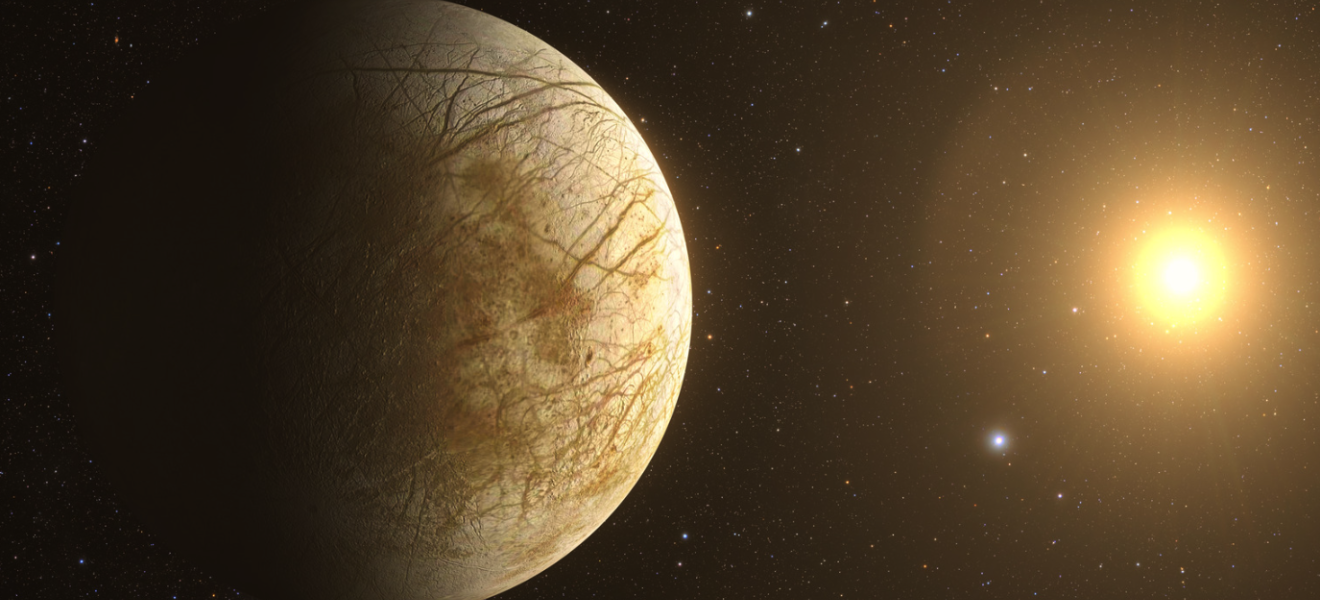Wentworth Student Taking Part in NASA Europa Program

A rendered image of the Jupiter moon Europa
NASA has selected Wentworth Institute of Technology student Hamza Ouriour as one of 40 nationwide undergraduates to take part in the first year of its Europa ICONS (Inspiring Clipper: Opportunities for Next-generation Scientists) internship program, supporting the agency’s Europa Clipper mission.
Europa ICONS matches students with mentors from the mission’s science team for a 10-week program to conduct original scientific research on topics related to the mission to Jupiter’s moon Europa.
Ouriour, Mechanical Engineering ’27, noted that he was “thrilled” to be selected and that he will be capturing and analyzing visual data this summer from Europa’s surface.
“I'm honored to join this fascinating mission and can't wait for the insights we'll uncover, and the upcoming Clipper launch,” he said. “This is truly a dream come true.”
Europa is one of Jupiter’s largest moons and the sixth closest to the planet. Scientists are working to confirm that a vast ocean lies beneath Europa’s icy shell and that it may be able to sustain life. The Europa Clipper spacecraft is due to launch in October.
The Europa ICONS program is planned to run every year until Europa Clipper completes its prime mission in 2034 and it is open to applications from all U.S. undergraduate STEM majors.
Ouriour is working at both the Wheaton College campus in Norton, Mass. and the Applied Physics Laboratory in Maryland, collaborating closely with software developers to enhance image planning tools. Bringing skills in technical visualization and algorithmic customization to the table, Ouriour’s responsibilities include refining the regional imaging strategy used to analyze Europa’s surface, allowing for effective management of image data and the enhancement of future mission planning.
“I look forward to developing my technical abilities further, learning new software interfaces, and deepening my understanding of mission operations through this hands-on experience with NASA's spacecraft technology,” said Ouriour.
